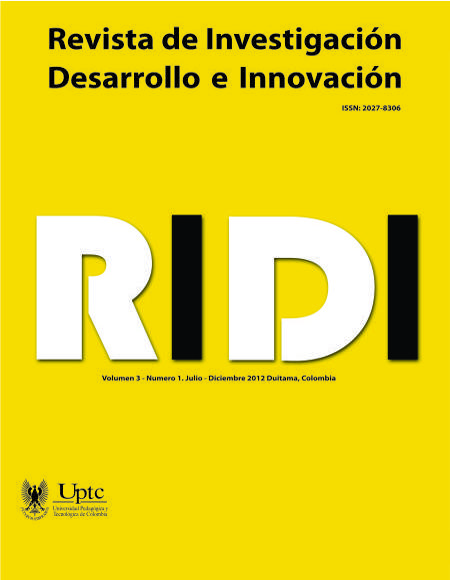Development of a digital flow meter for the measurement of rivers flow

Abstract
Human beings have always required the knowledge of the amounts of water that flows through rivers in order to take advantage of it, as well as to prevent and reduce flood related problems. Furthermore, the global heating is originating climatic changes that influence the rain patterns as well as the availability of the hydric resources. In this way, it is necessary to monitorize permanently the hydrographic basins in order to detect and correct possible alterations.
This work deals with the design of a digital flow meter to measure the volume of water flowing in a river which allows collecting information. The process is based on the detection of the water’s current velocity through a cross-section of a river. It was used a helix with an effect hall sensor coupled to it to measure the velocity. The river’s depth is measured with a pressure sensor conveniently adjusted. Signals are coupled to a microcontroller which processes, storages and visualizes the information locally, transferring it to a computer in order to be analyzed by the final user. The text includes the prototype’s structure as well as the most relevant results of the calibration procedure.
Keywords
wealth measurement, flow meter, hydrogram, gauge water.
Supplementary File(s)
Sin título (Español)Author Biography
Flavio Humberto Fernandez Morales
Ninguna
References
- Andrew, S. Hidráulica Practica, 1994
- Carvajal, L. F. Grupo MF e hidráulica –facultad de minas. Universidad Nacional sede Medellín. In: http://poseidon.unalmed.edu.co/MIRH/materias/fluidos/carvajal/docs/tecnicas%20de%20Aforo.pdf . 2000.
- Castro, L., Carvajal, Y. Ingeniería Hidráulica en México. 2008, v 23, n 4, 119-131
- Compagnucci, R., Araneo, D. Ingeniería Hidráulica en México. 2007, v 22, n 3, 23-35
- Díaz, C., Rodríguez, V. Ingeniería Hidráulica en México, 2001
- Gross, A., Roa, R. Tesis de grado. Ingeniería electromecánica. Universidad pedagógica y Tecnológica de Colombia. (2003).
- Instituto de hidrología, metereología y estudios ambientales – IDEAM. Subdirección de hidrología. 1999.
- Melillo, J. M., McGuire, A., Kicklighter, D.W., Charles, B.M., Vorosmarty, J. & Schloss, A.L. Art and Science Nature 1993, 363, 234-240.
- Melillo, J.M., Callaghan, T.V., Woodward, F.I., Salati, E. & Sinha, S.K. Climate Change: The IPCC Scientific Assessment. 1990, 283−310.
- Motorola. Sensor Device Data by MPX5050DP. Inc, 2002
- Mozonbanky, S. Eco portal.net. 2009. En: http://www.ecoportal.net/content/view/full/83939/
- Rivera, B., Tangarife, D. Y Rojas, H. Desarrollo metodológico para la caracterización de caudales y niveles de sedimentación. 1999
- Natalichio, R. Ambiente y Sociedad. 2008. año 8, No. 321. In: http://clima.ecoportal.net/
- Peña, C. Terra Ciencia. 2008. En: http://actualidad.terra.es/ciencia/articulo/cambio-climatico-energias-renovables-tendran-2939442.htm
- Poveda, G. Revista Academia Colombiana de Ciencias Exactas, Físicas y Naturales. 2004, 107, 201-222.
- Sánchez, F. J. Departamento de Geología. Universidad de Salamanca, (2004) 11 pp. (En: http://web.usal.es/javisan/hidro)